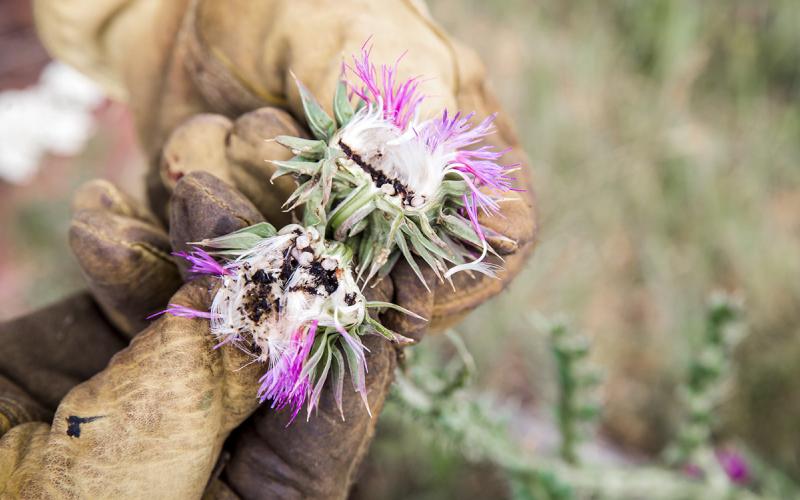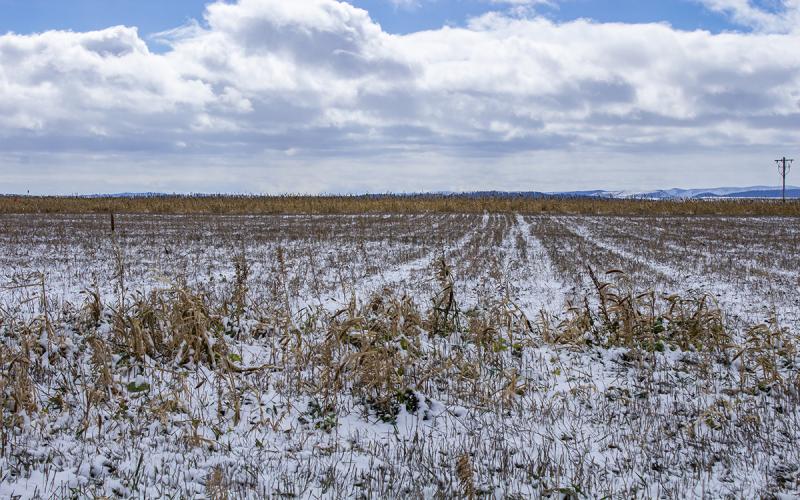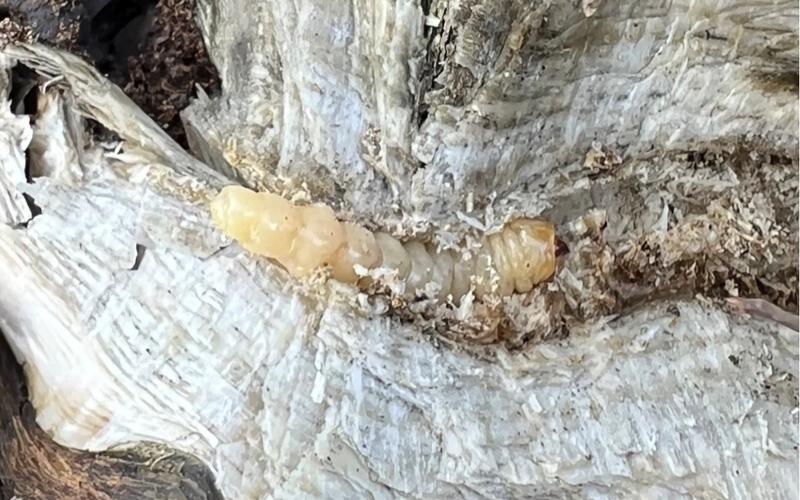Written collaboratively by Eric Jones and Sachin Dhanda
Herbicide resistance is an increasing concern in South Dakota’s crop systems. Continuous use of a single herbicide or mode of action/group number can lead to the selection of resistant weed populations. This year, South Dakota State University (SDSU) weed scientists have received several reports of reduced herbicide effectiveness on problem species such as waterhemp and kochia.
Have you also noticed reduced weed control this summer that can’t be explained by sprayer skips, nozzle clogs, weather conditions, herbicide rates, adjuvant choice, or sprayer calibration? If herbicide resistance is on your mind, don’t worry - help is here.
SDSU weed scientists are conducting a statewide herbicide resistance screening for problem weed species. This is a valuable opportunity for farmers, crop consultants, and agricultural industry professionals to test weed populations for potential herbicide resistance. Early detection is key to designing an effective weed management program and preventing the development and spread of herbicide-resistant weeds.
How do I submit a sample?
Seed Collection: Collect mature weed seeds from fields that were sprayed during the current cropping season. Avoid collecting from field edges or unsprayed areas. If possible, collect seeds from at least five plants in the same field and combine them into one sample to ensure a sufficient quantity of seeds for testing.
Packaging: Place seeds in a paper bag or large envelope. If submitting multiple weed species, package each species separately. If you’re submitting samples from multiple fields, package and label them separately. Be sure to include the completed submission form (provided with this fact sheet) with your sample.
Submission: Send seed samples and completed forms to: Dr. Sachin Dhanda, South Dakota State University, Agronomy, Horticulture & Plant Science, Box 2100A, Brookings, SD 57007
What happens after I submit a sample?
After a sample is received at SDSU, seeds will be grown in greenhouse facilities. Depending on the weed species, the crop from which the sample was collected, and the field’s herbicide use history, the sample will be screened with one or more herbicides. Approximately three weeks after treatment, the treated plants will be compared to non-treated controls and known susceptible check samples to determine if herbicide resistance is present. Once the evaluation is complete, results will be summarized and emailed to the individual who submitted the sample.
If you have any questions, please contact Sachin Dhanda, SDSU Assistant Professor of Weed Ecology or Eric Jones, Assistant Professor and SDSU Extension Weed Management Specialist for more information.


